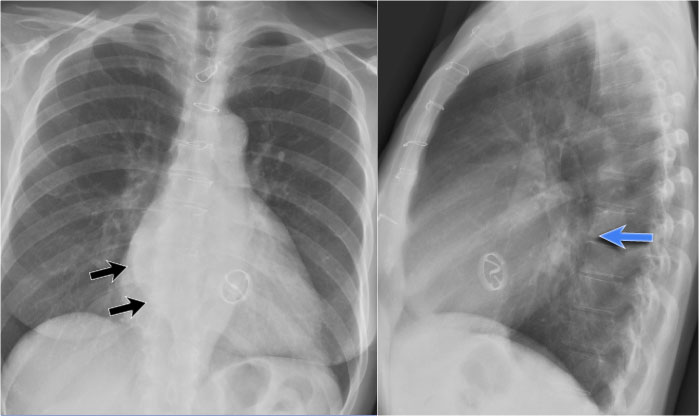

Decoding Images: The Art and Science of Expert Radiology Interpretation
Radiology interpretation is a vital aspect of modern healthcare, playing a pivotal role in diagnosis and treatment planning. This article delves into the intricacies of expert radiology interpretation, shedding light on the significance of this practice and its impact on patient care.
The Foundations of Radiology Interpretation: From Images to Insights
At its essence, radiology interpretation involves translating medical images into meaningful insights. Radiologists, highly trained medical professionals specializing in diagnostic imaging, analyze various imaging modalities such as X-rays, CT scans, MRIs, and ultrasounds. These experts utilize their extensive knowledge of anatomy, pathology, and imaging techniques to decipher the information embedded in these images.
Diagnostic Precision: Unraveling Medical Mysteries
One of the primary objectives of radiology interpretation is achieving diagnostic precision. Radiologists meticulously scrutinize images, looking for subtle abnormalities, anomalies, or signs of disease. Their keen observational skills and expertise enable them to unravel medical mysteries, providing accurate and detailed diagnostic information to guide healthcare providers in understanding the nature of a patient’s condition.
Multimodal Expertise: Navigating a Variety of Imaging Techniques
Expert radiology interpretation extends across a spectrum of imaging techniques. Each modality offers unique insights into different aspects of the body. For example, CT scans excel in visualizing structural details, MRIs provide exceptional soft tissue contrast, and ultrasound is valuable for real-time imaging. Radiologists navigate these diverse modalities, choosing the most appropriate ones based on the clinical question at hand.
Subspecialty Focus: Precision in Specific Medical Areas
Radiologists often specialize in various subspecialties, honing their skills in specific medical areas. Whether it’s neuroradiology, musculoskeletal imaging, or interventional radiology, these subspecialties allow radiologists to focus their expertise on particular regions or systems of the body. This specialization enhances diagnostic accuracy and ensures a nuanced understanding of complex medical conditions.
Advanced Imaging Technologies: Enhancing Diagnostic Capabilities
The landscape of radiology interpretation is continually evolving with advancements in imaging technologies. Artificial intelligence (AI), machine learning, and three-dimensional (3D) imaging have revolutionized the field. These technologies augment the capabilities of radiologists, providing them with tools for more precise and efficient interpretation, ultimately benefiting patient care.
Communication with Healthcare Teams: Collaborative Decision-Making
Effective radiology interpretation goes beyond image analysis. Radiologists play a crucial role in communicating their findings to healthcare teams, fostering collaborative decision-making. Clear and concise reporting is essential, ensuring that referring physicians, surgeons, and other healthcare professionals have the information needed to develop comprehensive treatment plans.
Patient-Centric Reporting: Empowering Informed Choices
In the realm of radiology interpretation, patient-centric reporting is paramount. Radiologists strive to convey information in a way that is accessible to patients, empowering them to make informed choices about their healthcare journey. This involves providing clear explanations, addressing concerns, and contributing to a patient-friendly approach in the overall diagnostic process.
Quality Assurance: Ensuring Accuracy and Consistency
Quality assurance is a cornerstone of expert radiology interpretation. Radiology departments implement rigorous protocols to ensure the accuracy and consistency of interpretations. Continuous training, peer reviews, and adherence to best practices contribute to maintaining high standards in the field, fostering trust in the reliability of radiological diagnoses.
Emerging Trends: Shaping the Future of Radiology Interpretation
As technology evolves, emerging trends continue to shape the future of radiology interpretation. Virtual reality, quantitative imaging, and improved integration of AI algorithms are poised to further enhance diagnostic capabilities. Radiologists embrace these innovations, staying at the forefront of technological advancements to provide optimal care for patients.
In conclusion, radiology interpretation stands at the intersection of art and science, where the expertise of radiologists transforms images into invaluable medical insights. This practice not only contributes to accurate diagnoses but also plays a pivotal role in guiding healthcare decisions and improving patient outcomes. For more information on Radiology Interpretation, visit Radiology Interpretation.








